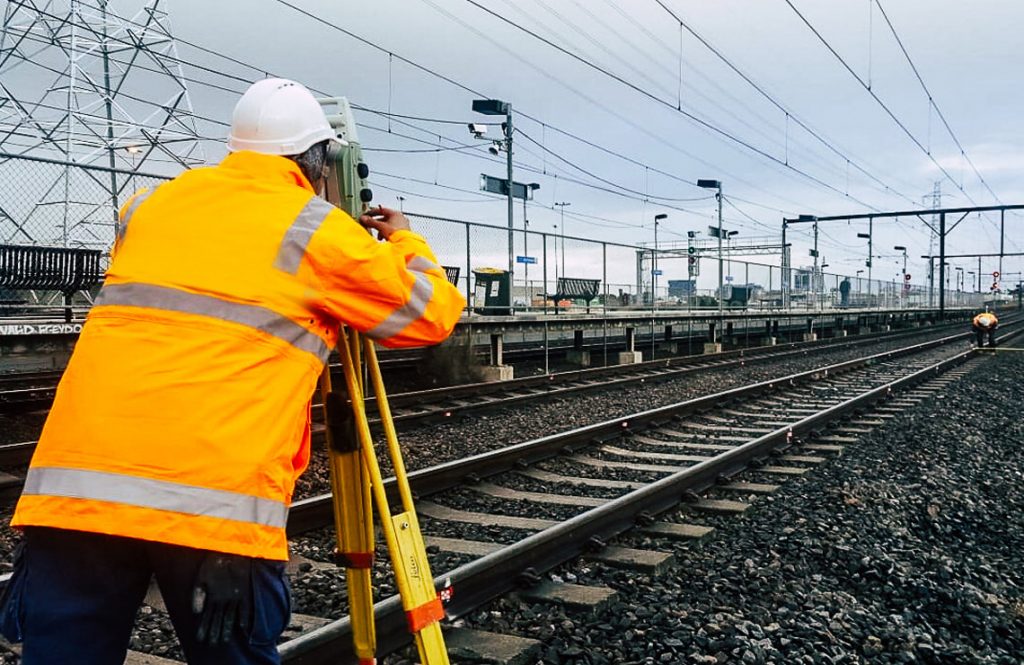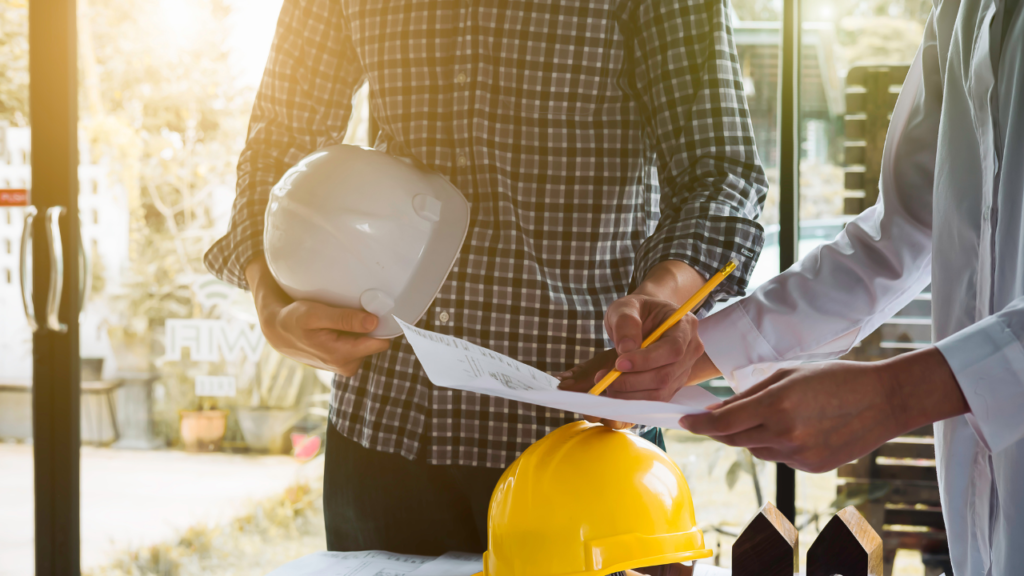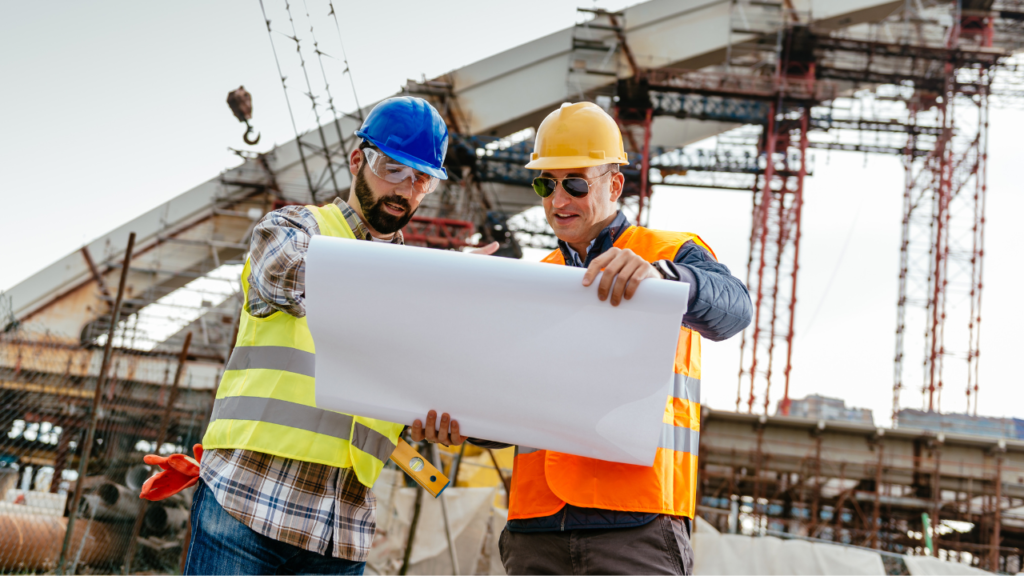A dilapidation report is a result of an assessment or a survey conducted on a property at a given point in time. Therefore, it is primarily used at the time of nearby construction as a pre-and-post test to ensure that all damage caused to the host property is covered. Construction tends to require heavy machinery and elements that can affect structural integrity. Therefore, having the results of the survey before and after the construction allows the owner to confidentially defend their case and avoid any harsh disputes to protect their property.
Thus, in a nutshell, a dilapidation report meaning is the conditions of a property that can be used by the owner to protect it legally and from unforeseen damages. At each point in time, it evaluates the already existing damage. Structural Consultancy has experience ranging across Australia, giving them more scope in each, individualized case.
When do you need a dilapidation report?
The most common reason for investing in dilapidation reports is because there is construction. A construction site not only comes with hazardous heavy machinery but also with potential scenarios that can weaken the already built structure. These include demolition, renovation, construction of a new house and the installation of sewage and water supplies via deep digging and drilling. Additional possibilities are the creation of roads, pathways, pavements, tunnels, land excavations, and other infrastructure projects that cause vibration. Nonetheless, each of these has capabilities to weaken the structure of a property bearing its secondary load.
Land Excavation
A dilapidation report contains the pre-existing structural damage, which then allows owners to be more cautious. It also gives property owners the right to hire a Structural Engineer for another survey after the construction to study its repercussions. This opens doors for both parties to get to the bottom of the damage – was it the construction work or just the expansion of existing damage?
- Each structure has a defect liability period during which a dilipidation survey can be conducted. Having a Structural Engineer then can reveal any hidden defects that may be weakening the structure of the building in question.
- At times, construction work done on the property may be questionable and not meet the standards, giving any such findings in the report. In such cases, re-evaluating years later is helpful as it helps discover any additional damage as a result of poor work performance previously. Thus, a property owner at this point can document the claim with more evidence thanks to their dilapidation.
- All in all, a dilapadation report can help argue matters of ligitation – primarily when somebody claims that the consequences of construction have been on their building or structure.
Learn More: Structural Engineer in Central Coast

Properties of a delapidation report
Structural Consultancy focuses on conducting a comprehensive dilapitation inspection that includes elements from the exteriors, as well as the interiors. Making its client’s property’s stability and value the top priority, it majorly covers the areas that are more prone to damage. Nonetheless, all things are measured and explained via illustrations, relevant graphs, and videos.
This holistic approach helps the engineers point out not only the obvious defects but also the latent defects. The engineers can also measure the existing integrity of the structure to foresee any potential damage in the light of construction or other such activities nearby in the future. Therefore, there is a high emphasis on the awareness of getting a dilapidation report without an apparent reason.
To be able to give such complete answers to clients with their dilap report, the engineers at Structural Consultancy investigate the following areas of a structure:
- Indications of the ground moving
- Tile cracks that are associated with plumbing fixtures.
- Roof shingles that are missing or loose.
- Cracks in concrete or pavers
- Alignments in the entire architectural framework.
- Cracks in brickwork in the exterior walls.
- Cracks in the interior walls.
- Concerns about the roof such as any leakages or missing roof coverings.
Once the engineers are done examining these phenomena for a delap report, they go on actually making the report. Though compiling the report is an intricate process that requires meticulous precision and activity, there are still some basic requirements that all reports at Structural Consultancy meet for all properties in Australia. These necessary conditions are:
- Inspection date
- Area description
- Items that were inspected
- Plan view of the location
- Pictures and videos of the results
- Defects that are already existing
- Signature of the engineer in charge of the process.
Read More: Structural Engineer in Brisbane

Eligibility for producing a dilapidation report
Typically, these surveys are conducted and further processed by third parties who are naturally impartial to the case, minimizing bias – neither knowing the owner nor the prevalent conditions in the environment. Therefore, these individuals are mostly structural engineers or consultants who have enough knowledge and experience in the field.
Moreover, these engineers or consultants are expected to be licensed too, like the team at Structural Consultancy based in Australia. The expertise to systematically judge a construction site along with its affected peer buildings is written on the back of the hands of these individuals. Additionally, the high reputation of Structural Consultancy along with licensing for delapidation ensures that the given report holds close to no chance of being disputed.
Checkout: Structural Engineer in Newcastle





